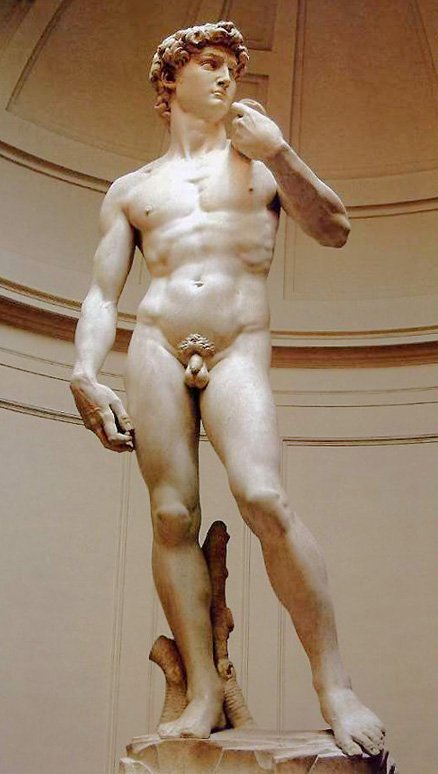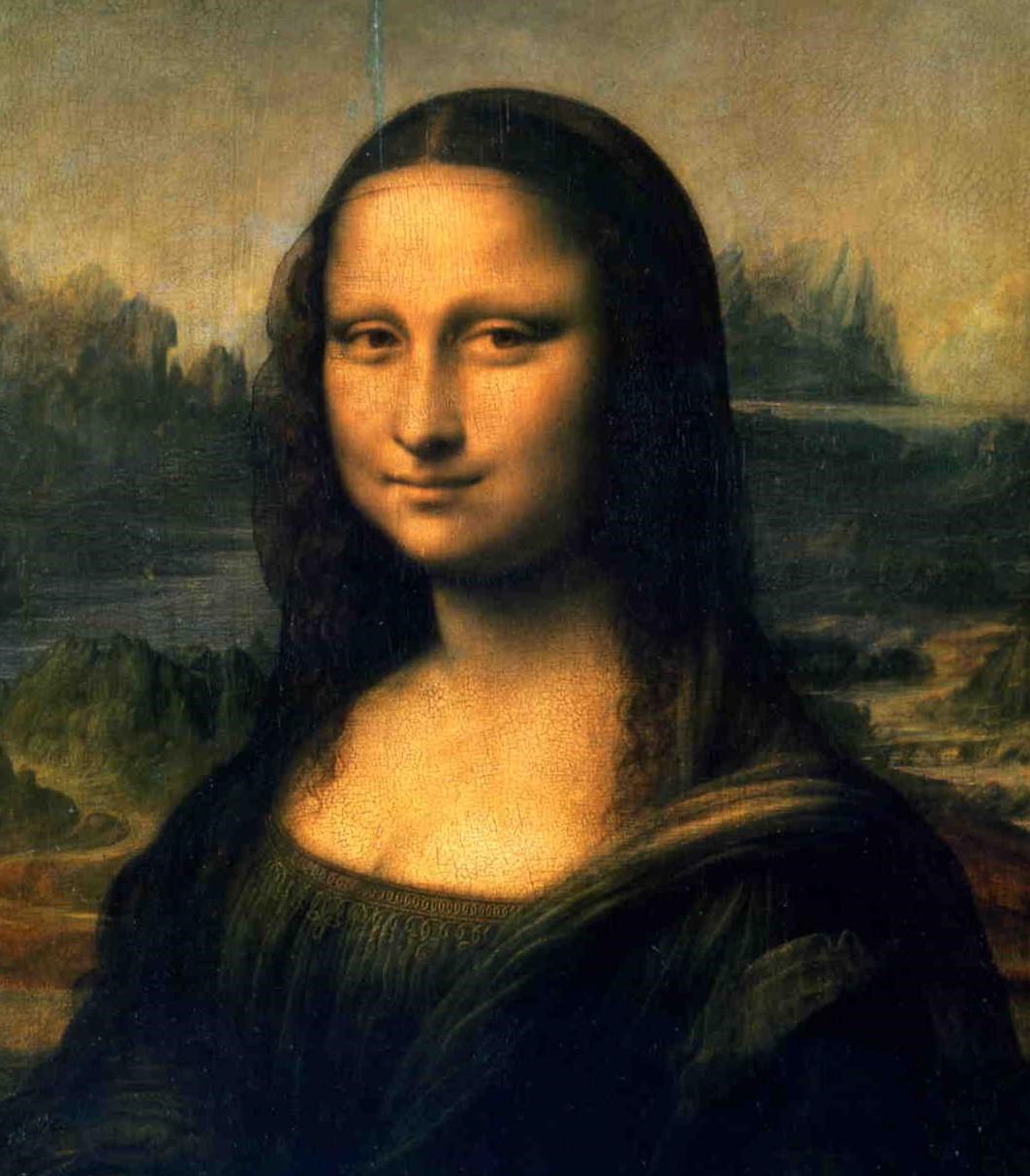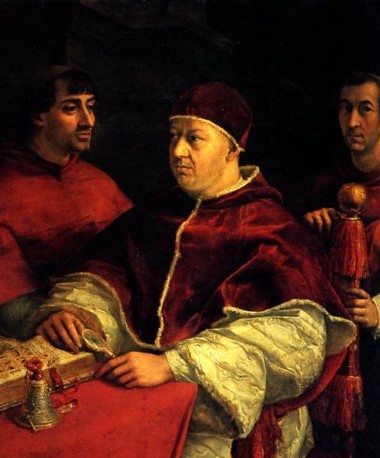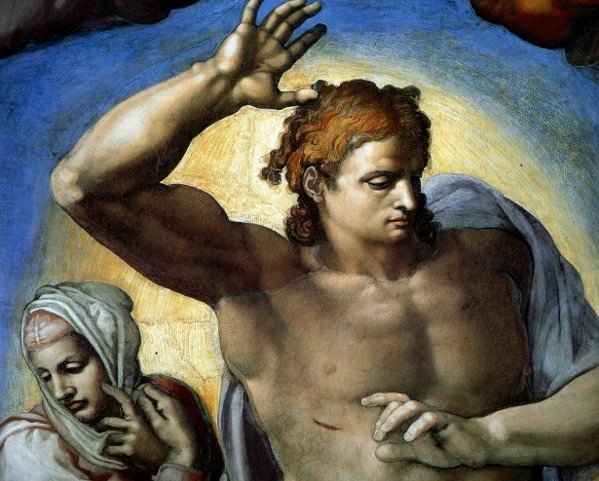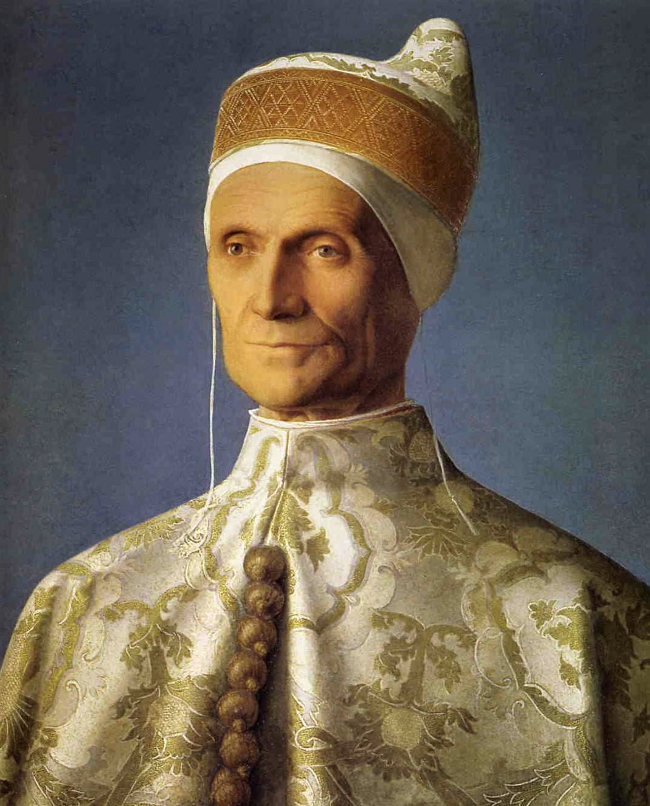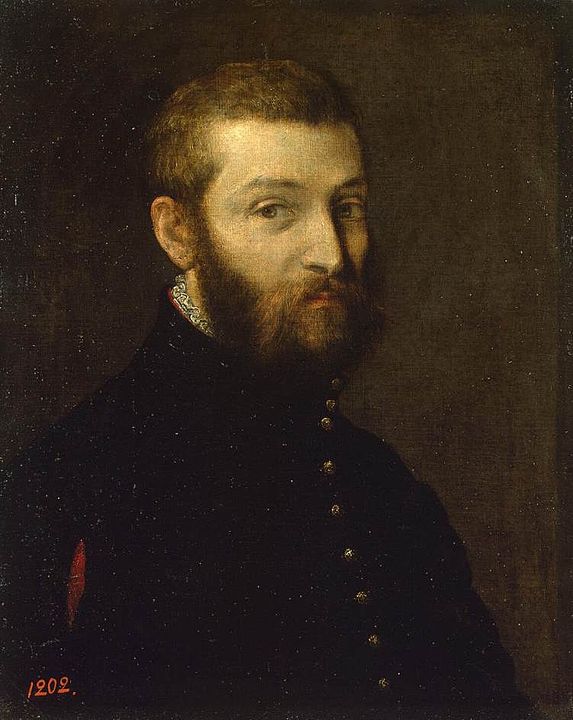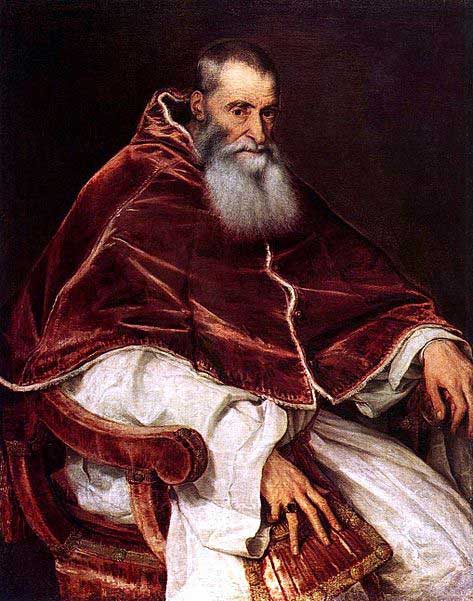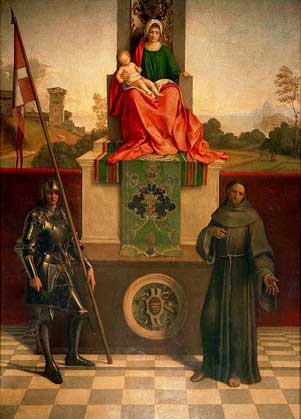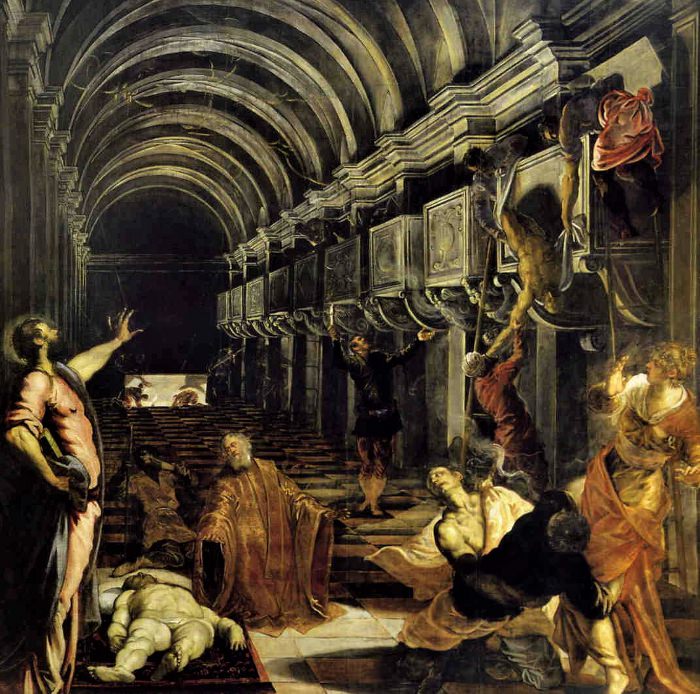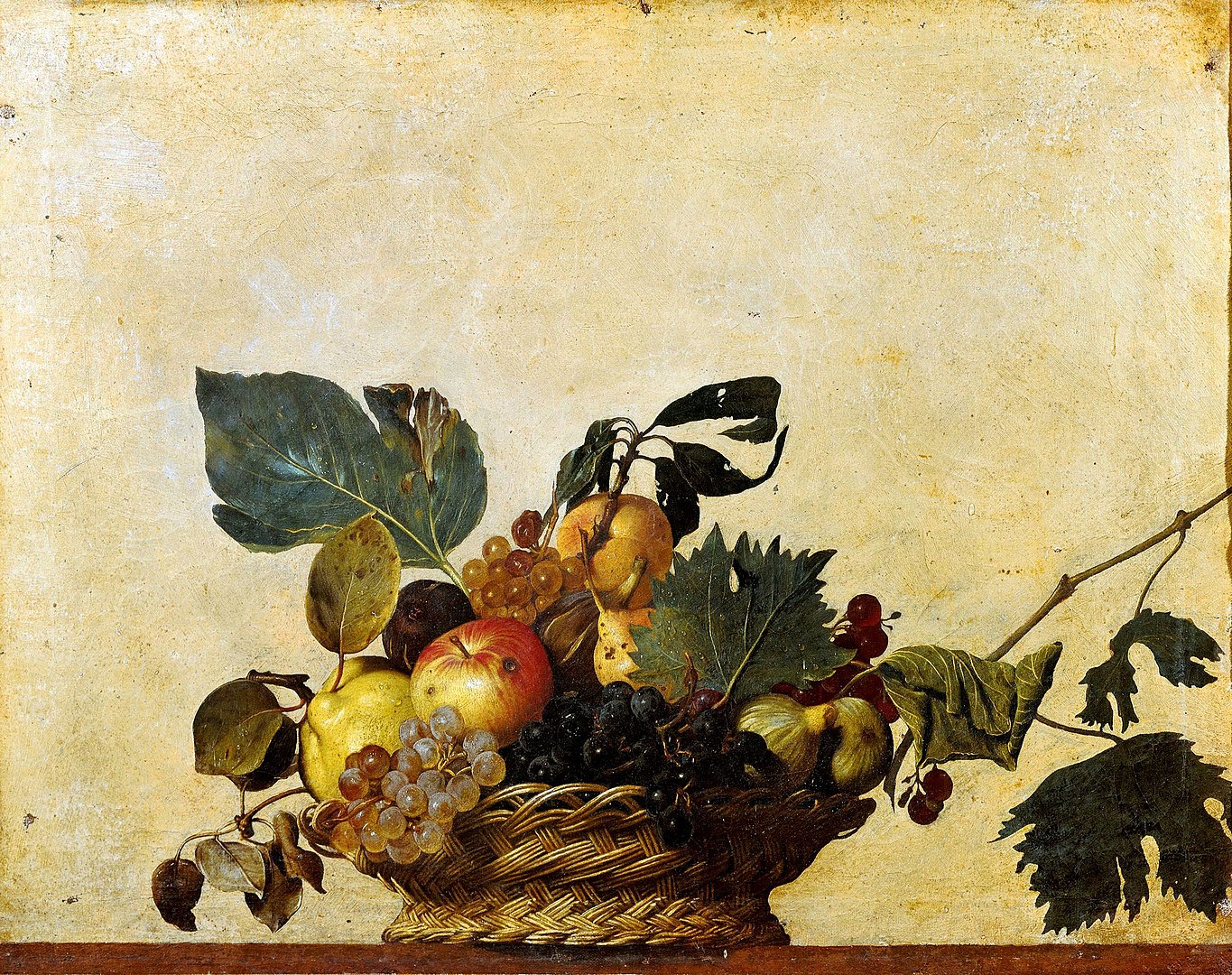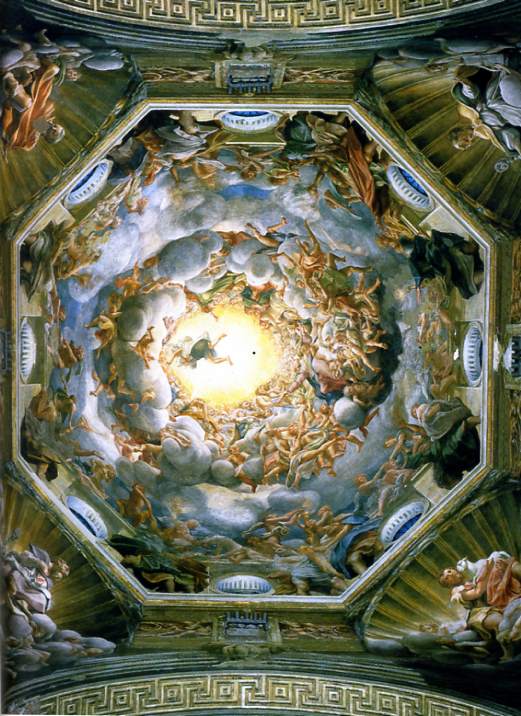The High Renaissance.
The pinnacle of Italian Art.
The High Renaissance in Italy is generally described as the period from around 1500, although like the starting date of the Renaissance itself the dates are not set in stone. Work from ancient Greek and Roman sculptures and buildings had been admired and studied by generations of artists. In Italy this explosion in art and creativity reached its pinnacle in quite a narrow timescale, up to about 1530.
The era marks a zenith of artistic production in the Italian states, especially Florence Rome, and Venice. During this period the classical arts of antiquity had been fully recaptured, the accumulation of knowledge that started with many gifted 15th century artists was fully expressed in the work of the Great Masters.
For many, the end of the fifteenth century and the beginning of the sixteenth, the Cinquecento, was viewed with relief. The greatly feared end of the world, thought by many to coincide with the end of the century, (1500), had not happened.
The painters of this new century reflected on the new sense of optimism felt by many. They were also aware of the debt they owed to those pioneering artists that had gone before, standing on the shoulders of previous generations of great artist’s and building on that accumulated knowledge became the ambition.
The High Renaissance is most renowned for the masterful works produced by three extraordinary artists: Leonardo da Vinci, Michelangelo, and Raphael. Often known as the 'triumvirate' of the High Renaissance, these three artists each significantly contributed to the development and progression of art within this period.
Leonardo da Vinci, a polymath emerging from Florence, is
primarily known for his exquisite mastery over the technique of sfumato, a
method used to blur or merge areas of a painting without clear lines or
borders. This technique allowed Leonardo to create a smoky, almost dream-like
haze to smoothly transition from one colour to another, providing a depth of
realism to his painting. Known both for his scientific explorations and
artistic achievements, Leonardo's works, such as the Mona Lisa and his St John the Baptist, which is one of his final paintings,
stand as superb examples of High Renaissance art.
Michelangelo Buonarroti, another native of the Florence region, was a sculptor, painter, and architect who played a monumental role during this time. His statue of David is a perfect statement of unadulterated physical human beauty. However, his most significant contribution to the High Renaissance was his series of frescoes on the ceiling of the Sistine Chapel in Rome that depicts Biblical stories from the Creation to Noah's Flood. These superb artworks are a testament to Michelangelo’s understanding of human anatomy.
Raphael, whose full name was Raffaello Sanzio da Urbino, contributed to both the High Renaissance in Florence and later in Rome. His work is renowned for the clarity of form, ease of composition, and visual achievement of the ideal of human grandeur. His many portrait’s, not exclusive to popes, display astonishing depth and realism. Raphael was known for his ability to beautifully merge secular and religious themes in works such as Madonna in the Meadow and School of Athens. Raphael died in Rome at the relatively young age of 37.
Another important artist emerged from the Northern Italian city of Parma. Antonio Allegri, more commonly known as Correggio, is famous primarily for his decoration of the dome of Parma Cathedral.
State and religious patronage played a crucial role during this period. Rulers, princes, and Popes, particularly Julius II, often called the Warrior Pope, and Leo X, sought to enhance their prestige by commissioning the best artists for their projects. The High Renaissance is significantly marked by an enhanced use of perspective, realistic depiction of the human body, and the expression of human emotion in art.
Interestingly, a dramatic shift occurred in the depiction of religious figures during this time. The depictions became less idealized and more humanistic, striving to present the subjects in a more relatable and human manner.
The sack of Rome in 1527 by German mercenary troops of Emperor Charles V, resulted in the loss of many invaluable works of High Renaissance art, which were either destroyed or plundered.
After the death of Raphael in 1520, Pope Paul III Farnese oversaw possibly the final great High Renaissance work executed in Rome, Michelangelo's Last Judgement in the Sistine Chapel.
The High Renaissance in Venice.
In addition to the astonishing works of Leonardo, Michelangelo, and Raphael, the Venetian School of painters also made substantial contributions to the High Renaissance. Artists such as Titian, Bellini, and Giorgione created artworks characterized by a unique approach to colour and atmosphere. Oil paint was now the medium of choice, the artists of Venice fully embraced the flexibility offered by creating artwork with oils.
By 1500 Venice was the centre of the seaborne trade that fuelled the cultural developments of North East Italy. The city was one of the wealthiest in the world, the equal of its southern neighbour Florence, it was a political as well as a commercial centre.
The High Renaissance in Venice began with Giorgione and produced a string of important and gifted artists. Both
Giorgione and Titian had studied in the workshop of the Bellini family. Unfortunately, Giorgione’s life was short (c.1478-1510) by
contrast Titian lived to be nearly 100.
Titian produced a huge volume of work which included completing some parts of Giorgione’s paintings making attributions between the two artists work difficult. Titian’s altarpieces in the Venetian church of the Frari are a must-see for any visitor to the city. His fame was almost the equal of Michelangelo and he is the superstar of Venetian painting.
Two younger painters, Jacopo Tintoretto and Paolo Veronese, although their styles differed, created some monumental paintings. Many of Tintoretto’s paintings contain sharp contrasts between light and shadow and his work is often quite sketchy. His decoration of the Scuola di San Rocco crackles with dynamism and power.
Veronese’s Feast in the House of Levi, along with his Marriage Feast at Cana are among the greatest works of the late Venetian Renaissance
The Renaissance in Italy laid the foundation for the development of western art. It was a period of incredible creativity and intellectual exploration, home to renowned artists whose works continue to inspire us.
The many iconic works in both painting and sculpture influenced successive generations of artists, an influence that continues to the present day. The early Renaissance years had belonged to the city of Florence. However, the High Renaissance in Italy is centred on the two cities of Rome and Venice.
Eventually, the Renaissance style was adopted by later painters and evolved into the style known as Mannerism. The High Renaissance is a treasure trove for anyone intrigued by the arts.
Its impact, undeniably, continues to influence the world of art even today. Understanding the era's artistic achievements, historical significance, and how it shaped the world's perception of beauty and the portrayal of human emotion, makes the study of the High Renaissance both educational and enjoyable.
Western Art has grown and expanded from the lessons learned in the Renaissance, from the Baroque; Rococo; Romanticism; Impressionism and through to the Cubist and Surrealist movements and the Modern Abstract art of Pollock and Kandinsky.
- Home
- The High Renaissance
